Breadfruit is a large tree, in the mulberry family, found native to the Philippines and all the islands in Southeast Asia. The fruit is similar to bananas, as they can be eaten raw when ripe, and cooked when unripe. The ripe fruit is soft and sweet, while the unripe fruit is harder and starchy, which is where it got the name breadfruit from, as it tastes similar to freshly baked bread when cooked.
3. Pummelo
v id="attachment_1228" style="width: 810px" class="wp-caption alignnone">
exotic fruits – Pummelo
Pummelo’s skin is usually pale green and it changes to yellow when it ripe. The pummelo’s taste is sweet and sour. Pummelo contained lots of vitamin such as vitamin B, C, Zinc, Iron, and magnesium. This fruit can be eaten directly of course after peeled and usually used for salad and salad topper.
44. Kaffir Lime
id="attachment_1229" style="width: 810px" class="wp-caption alignnone">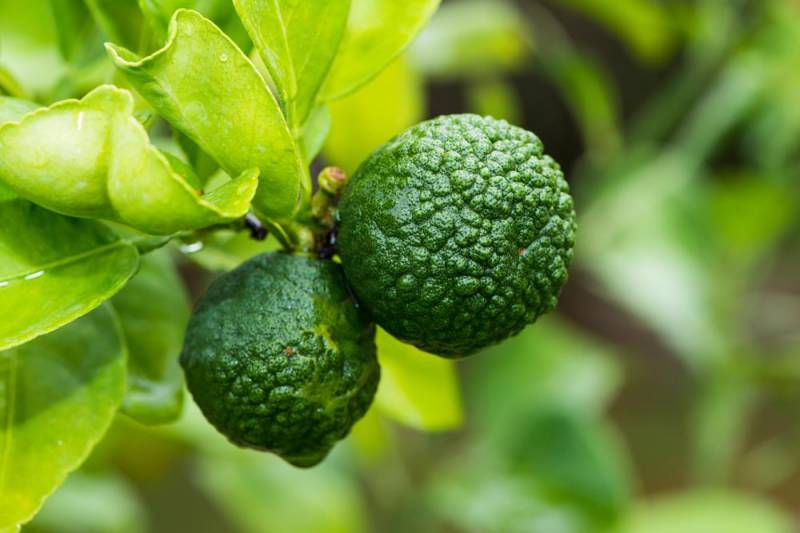
exotic fruits – Kaffir Lime
The kaffir lime is distinguished by its rough, bumpy green skin, and is commonly served as a pickled fruit. The juice and rinds are used in traditional medicine in some Asian countries; the fruit’s juice is often used in shampoo and is believed to kill head lice. Kaffir lime leaves are used in curries and also in Thai food like tom yam soup.
55. Mango
id="attachment_1230" style="width: 810px" class="wp-caption alignnone">
exotic fruits – Mango
The mango grows on large trees. The young green version is bitter and sour and used for salads, while the mature mango is yellow and can be eaten raw. A mango is ripe when it is slightly soft. Just press your thumb in it. There is a big flat pit in the middle of the mango. The easiest way to cut it is, to cut off the sides of the mango. Try to get as close to the put as you can. Then take the thin middle part, peel off the skin and cut close to the pit again. Now you have a piece of mango that is formed like a big O. Now take the other two parts and cut lines into the flesh without hurting the skin. Turn it one quarter around and cut lines again so the flesh will like like small cubes. Now you press the skin inside out and the cubes will pop out and the fruit will look like a hedgehog.
66. Sapodillas
id="attachment_1231" style="width: 810px" class="wp-caption alignnone">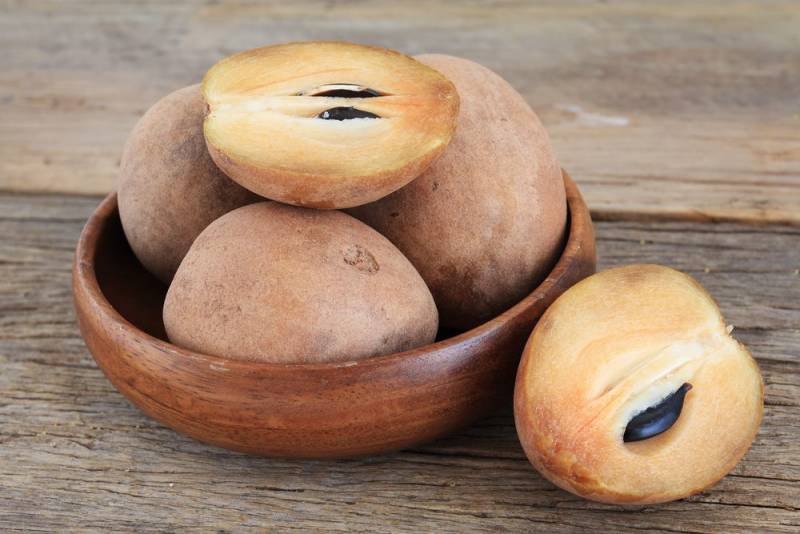
exotic fruits – Sapodillas
Sapodillas look a bit like a mix of kiwifruits and potatoes and taste similar to a pear. They grow on tall trees and are usually eaten raw. Easiest is to cut them in halves, take the seeds out and eat the flesh with a spoon.
77. Pulasan
id="attachment_1232" style="width: 810px" class="wp-caption alignnone">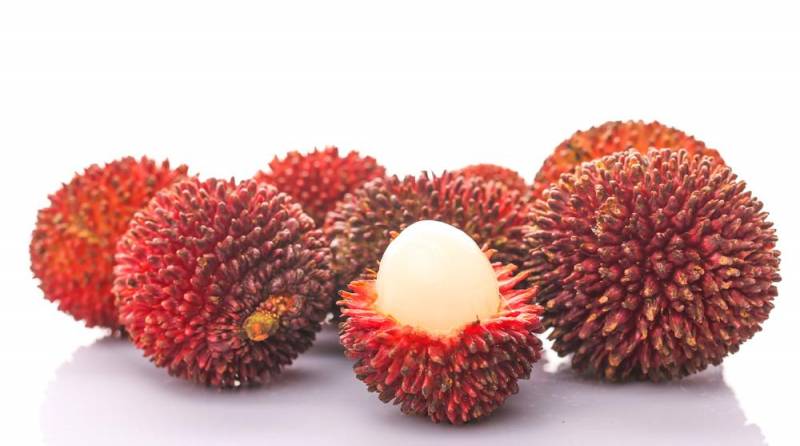
exotic fruits – Pulasan
Closely linked and sometimes mistaken for the rambutan, pulasan is part of the Sapindaceae family. Its white fruit is extremely sweet with a big woody seed in the middle.
88. Mangosteen
id="attachment_1233" style="width: 810px" class="wp-caption alignnone">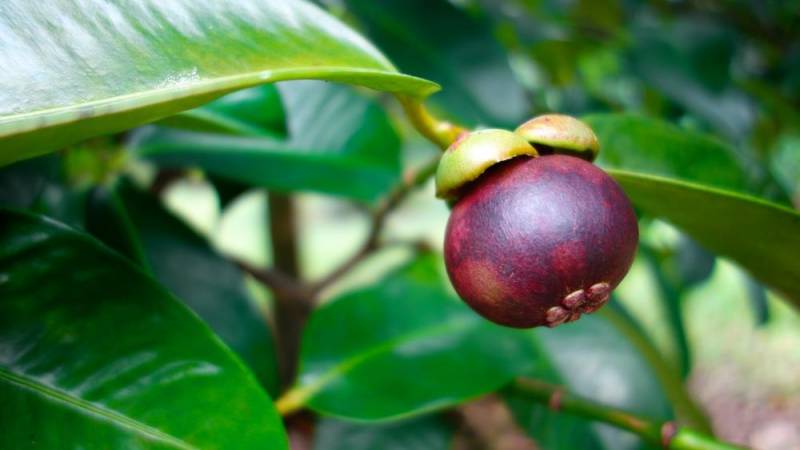
exotic fruits – Mangosteen
The mangosteen is an evergreen tree that produces oddly-shaped fruits that taste like citrus with a hint of peach. Rich in antioxidants, some scientists suggest mangosteen can lower risk against certain human diseases like cancer.
99. Nipah Fruit
id="attachment_1234" style="width: 810px" class="wp-caption alignnone">
exotic fruits – Nipah Fruit
The Nipah seeds grow on the Nipah palm tree, and is a translucent, white and chewy fruit. It is most commonly served in a shaved-ice Malaysian dessert called ais kacang. This fruit can be used for dessert ingredients and their inflorescence can be used for making a traditional alcoholic drink. They call this drink as lambanong in Philippina and arak in Indonesia
1010. Rambutan
id="attachment_1235" style="width: 810px" class="wp-caption alignnone">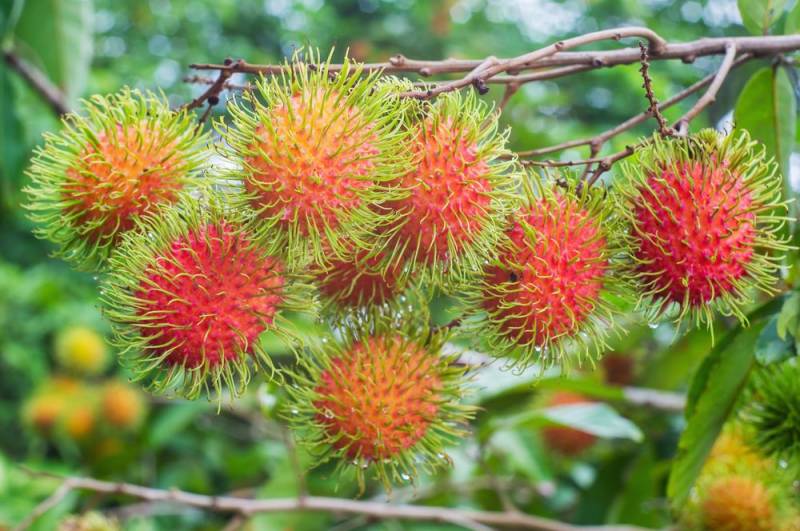
exotic fruits – Rambutan
It’s an odd fruit that looks like a furry strawberry from the outside, and much like a lychee on the inside. It is native to South East Asia but has been spread and a smaller “wild” version can be found in Costa Rica, where it is called a Chinese sucker. The fruit is an oval shape and about 3-6 cm in diameter. Inside the slightly hard, but easily peelable skin, you can find a soft fruit that tastes slightly sweet, with a possible sour tinge.
11. Lang11. Langsat
tachment_1236" style="width: 810px" class="wp-caption alignnone">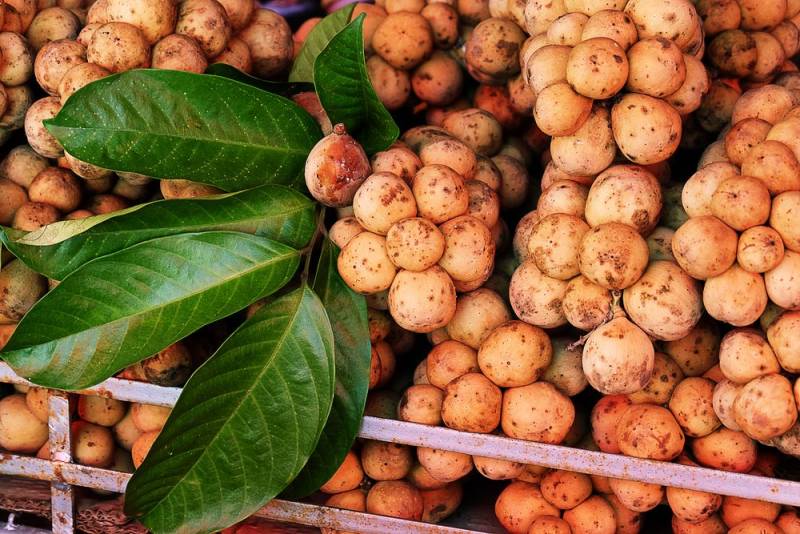
exotic fruits – Langsat
These orb-shaped and small, translucent fruits are also known as the duku. The skin of the lungsat contains a latex substance, which is not poisonous, but causes the skin to stick slightly to the fruit, whereas the duku has no latex and the peel is removed with more ease. Inside, the fruit has 5 segments, some of which has bitter seeds inside. It is a very sweet fruit and can be prepared in a number of different ways, including being canned in syrup or being dried like raisins.
12. Jack12. Jackfruit
tachment_1237" style="width: 810px" class="wp-caption alignnone">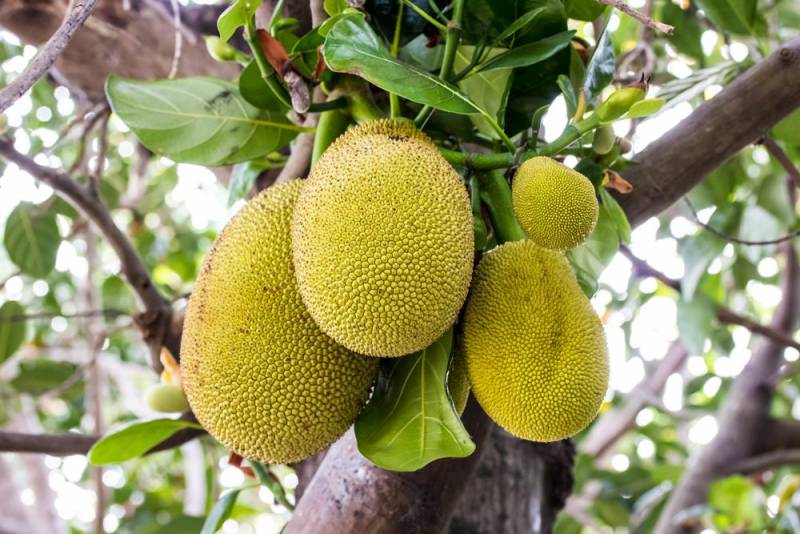
exotic fruits – Jackfruit
Also known as ‘nangka’ in the Malay language, the extremely heavy fruit can weigh up to 80 pounds. Its flesh is yellowish-orange and is usually fried like banana fritters.
13. Starfrui13. Starfruit
ment_1238" style="width: 810px" class="wp-caption alignnone">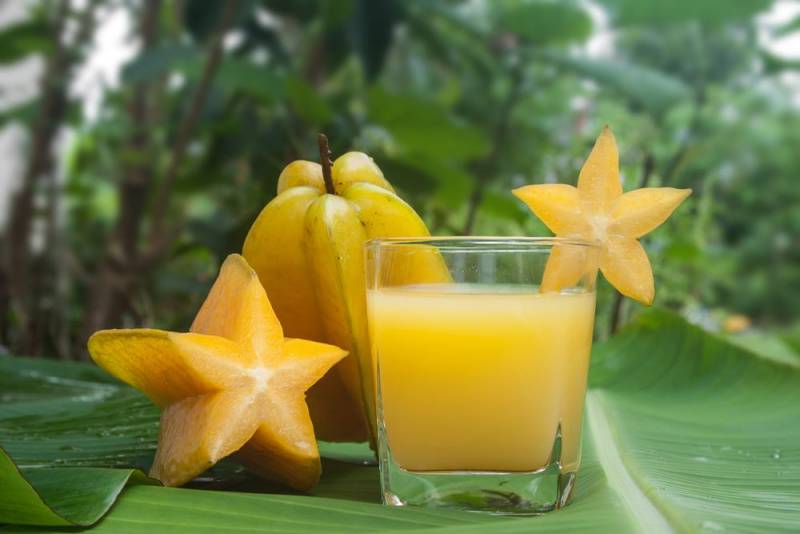
exotic fruits – Starfruit
Shaped like a star due to the distinctive ridges running down its sides, this crunchy and juicy fruit is also known as carambola. It is packed full of antioxidants, potassium and vitamin C.
14. Durian14. Durian
ment_1239" style="width: 810px" class="wp-caption alignnone">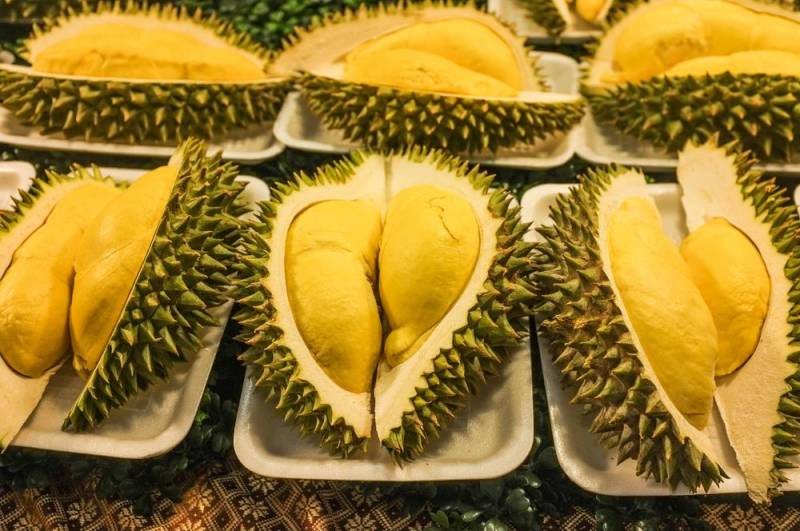
exotic fruits – Durian
This fruit is revered in Southeast Asia as the King of Fruits. The thorn-covered husk along with its pungent odour is the hallmark of the durian. Durian has a very particular odour, a unique taste and a hard husk. Having a disagreeable smell that’s compared to sewage, the fruit is forbidden in hotels and public transportations in Southeast Asia.
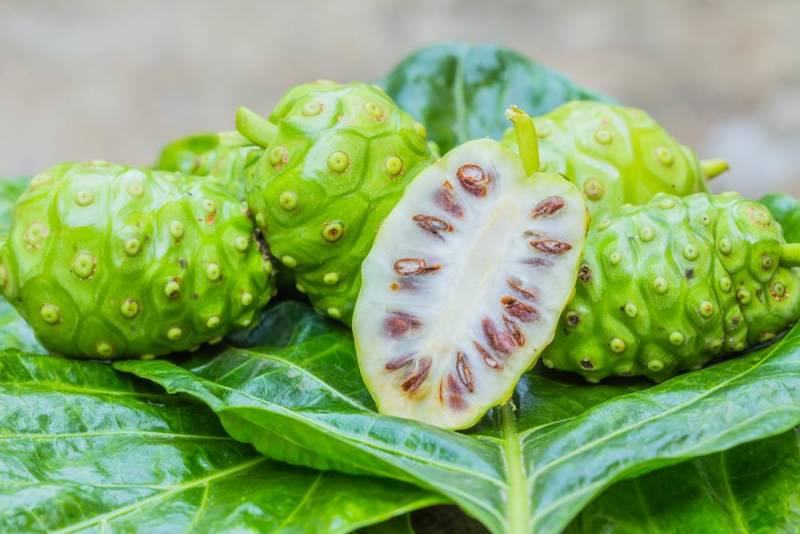
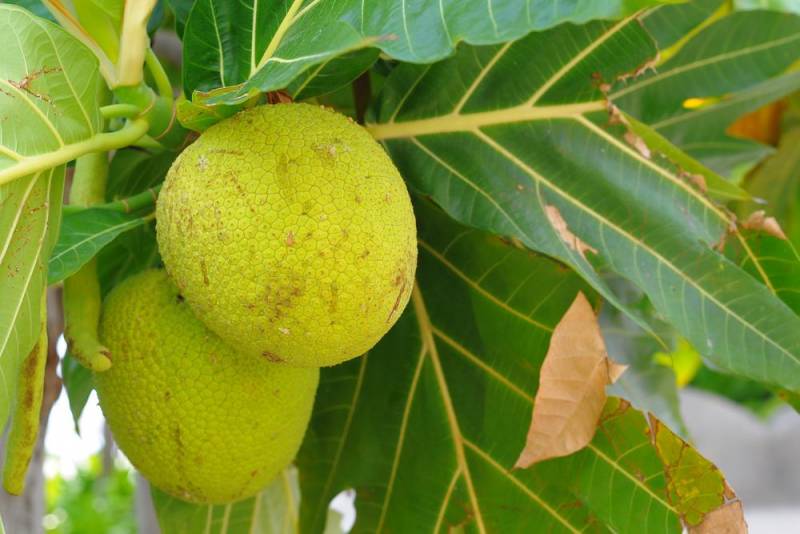












Leave a Reply